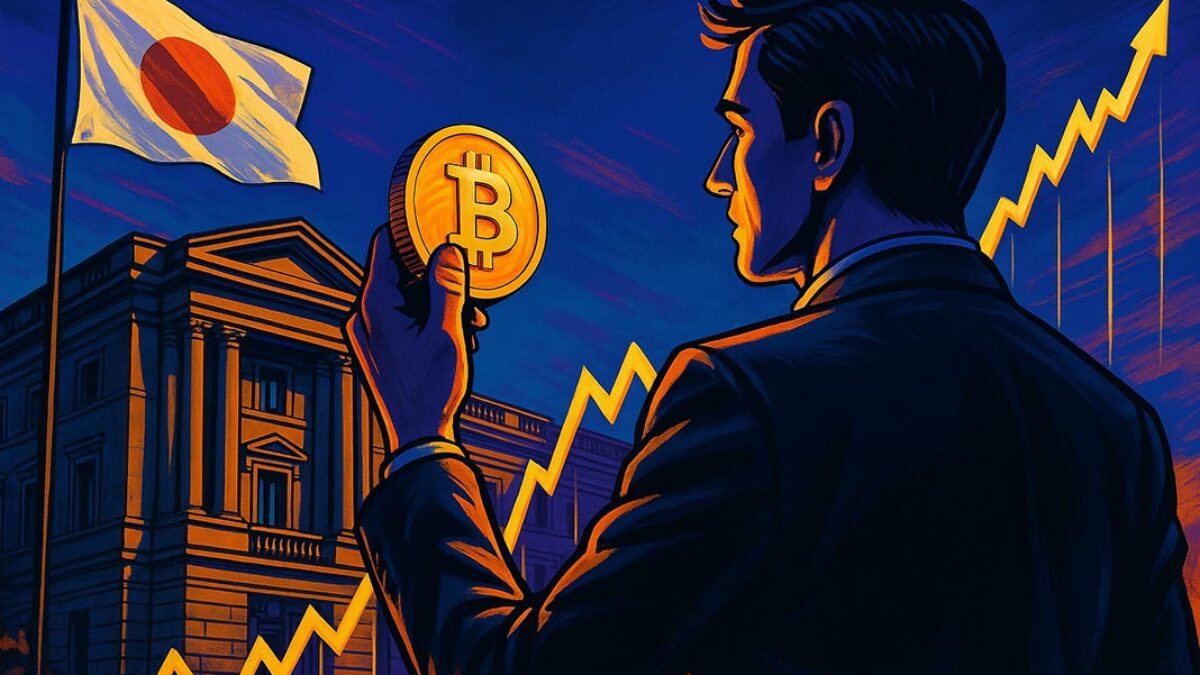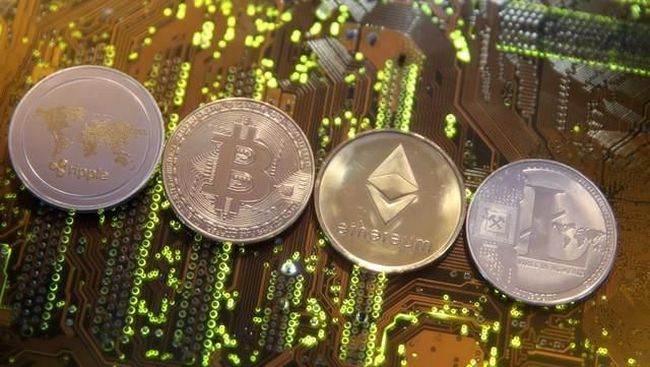In recent weeks, the financial world has witnessed a significant movement—the rising yields of government bonds in the United States and Japan. While this may seem like a topic reserved for traditional investors, it has sparked a noticeable ripple in the cryptocurrency market, particularly in the price of Bitcoin. But how exactly are these two worlds connected?
Understanding Bond Yields: What’s Happening?
Government bonds are generally viewed as one of the safest investments available. When bond yields rise, it signals that investors are demanding higher returns, often due to concerns over inflation, interest rate hikes, or monetary policy changes.
In the United States, the Federal Reserve’s cautious stance on inflation and the potential for prolonged high interest rates have pushed yields upward. Simultaneously, in Japan, the Bank of Japan has gradually loosened its ultra-loose monetary policy, which has historically kept yields near zero or even negative. As yields rise, investors begin to see traditional markets as more attractive.
The Link to Bitcoin: Why It Matters
At first glance, Bitcoin and government bonds might seem unrelated. However, they compete for the same investment capital. When bond yields increase, institutional and retail investors may shift their money from volatile assets like Bitcoin to safer, higher-yielding government securities.
This shift often leads to downward pressure on Bitcoin’s price. Essentially, the higher the bond yields, the less attractive Bitcoin becomes as a store of value, especially when markets are jittery or uncertain about economic stability.
Market Psychology: A Major Driving Force
Beyond logical asset allocation, there’s another force at play—investor psychology. Rising bond yields often trigger fears of tightening monetary policy, reduced liquidity, and falling risk appetite. As fear spreads, investors begin selling off speculative assets, including cryptocurrencies.
Consequently, Bitcoin, despite its long-term potential and decentralization appeal, often experiences short-term turbulence in response to bond market shifts. Traders watch these signals closely and react swiftly—sometimes too swiftly—causing dramatic price swings.
Is This a Long-Term Correlation?
It’s important to note that the correlation between bond yields and Bitcoin isn’t set in stone. While short-term movements are often linked, long-term trends may differ. Bitcoin, for instance, has often been viewed as a hedge against inflation and currency devaluation, both of which are exacerbated by low interest rate environments and excessive money printing.
Therefore, while bond yield hikes may cause temporary sell-offs in crypto, broader macroeconomic instability may eventually push investors back toward decentralized assets like Bitcoin.
Conclusion: Stay Informed, Stay Ahead
The recent rise in bond yields in the US and Japan underscores how interconnected global markets truly are. Investors—whether in traditional finance or cryptocurrency—must remain vigilant and adaptable.
Understanding how changes in the bond market can impact digital assets like Bitcoin is crucial. In today’s fast-moving financial landscape, knowledge isn’t just power—it’s profit.







